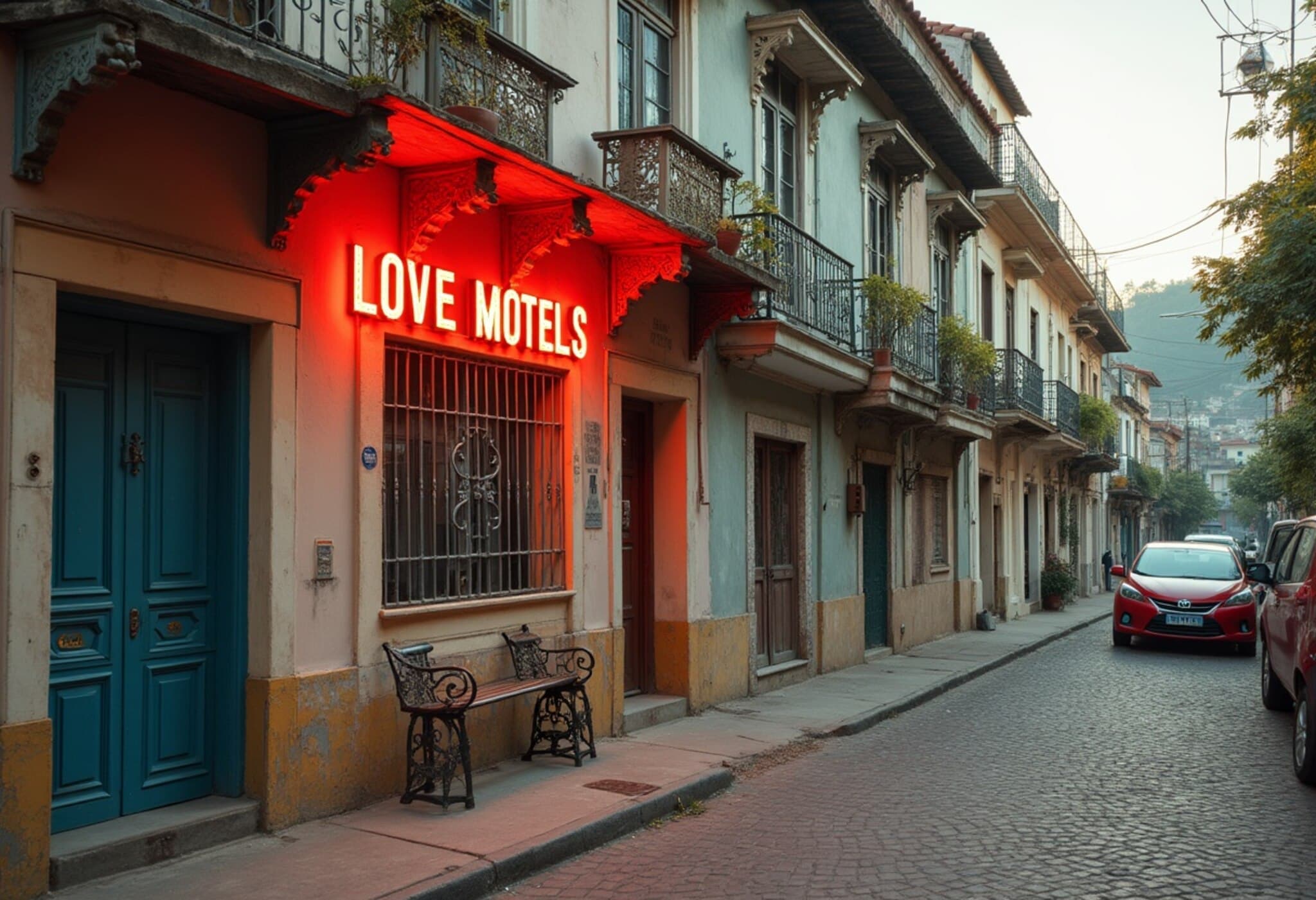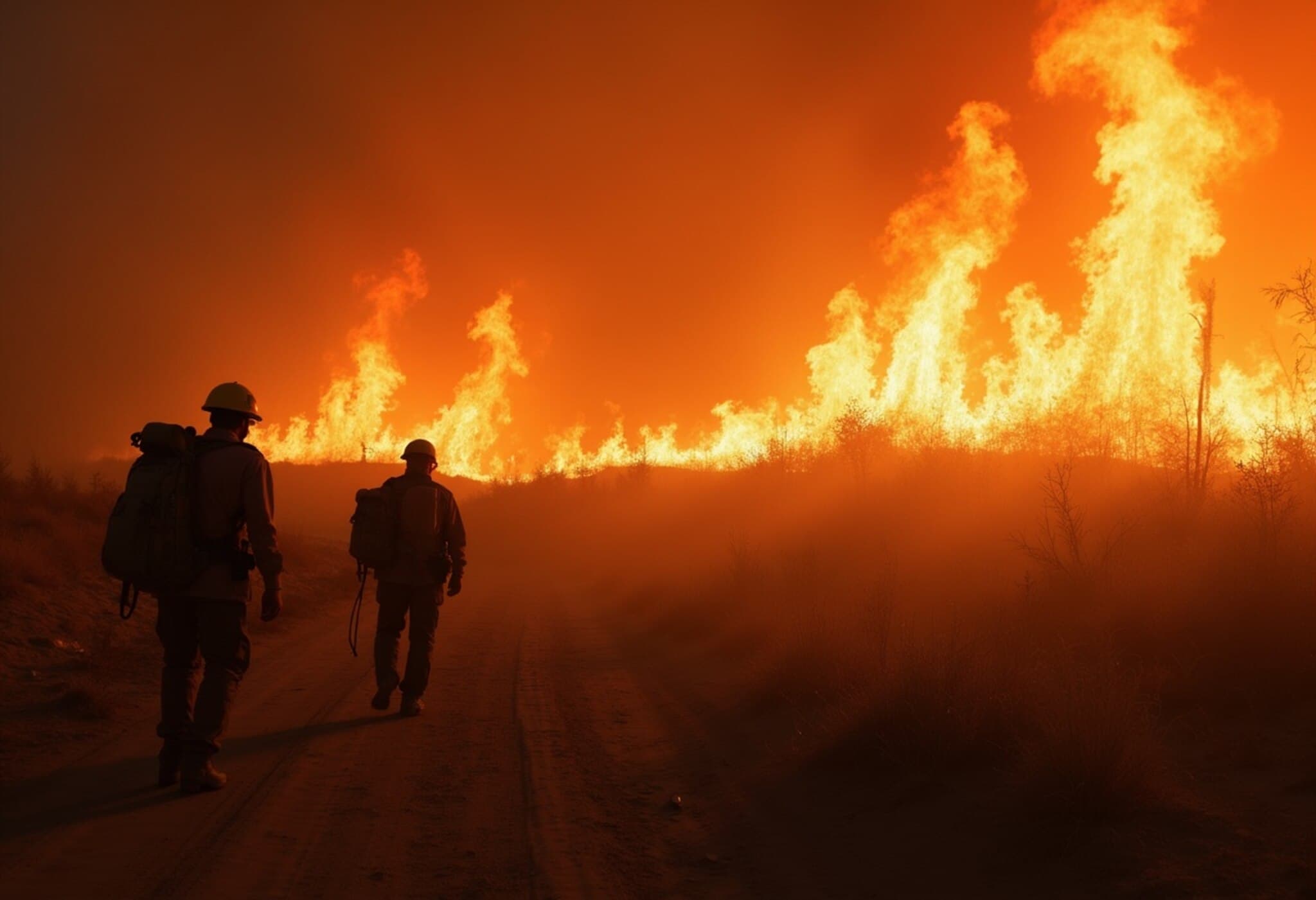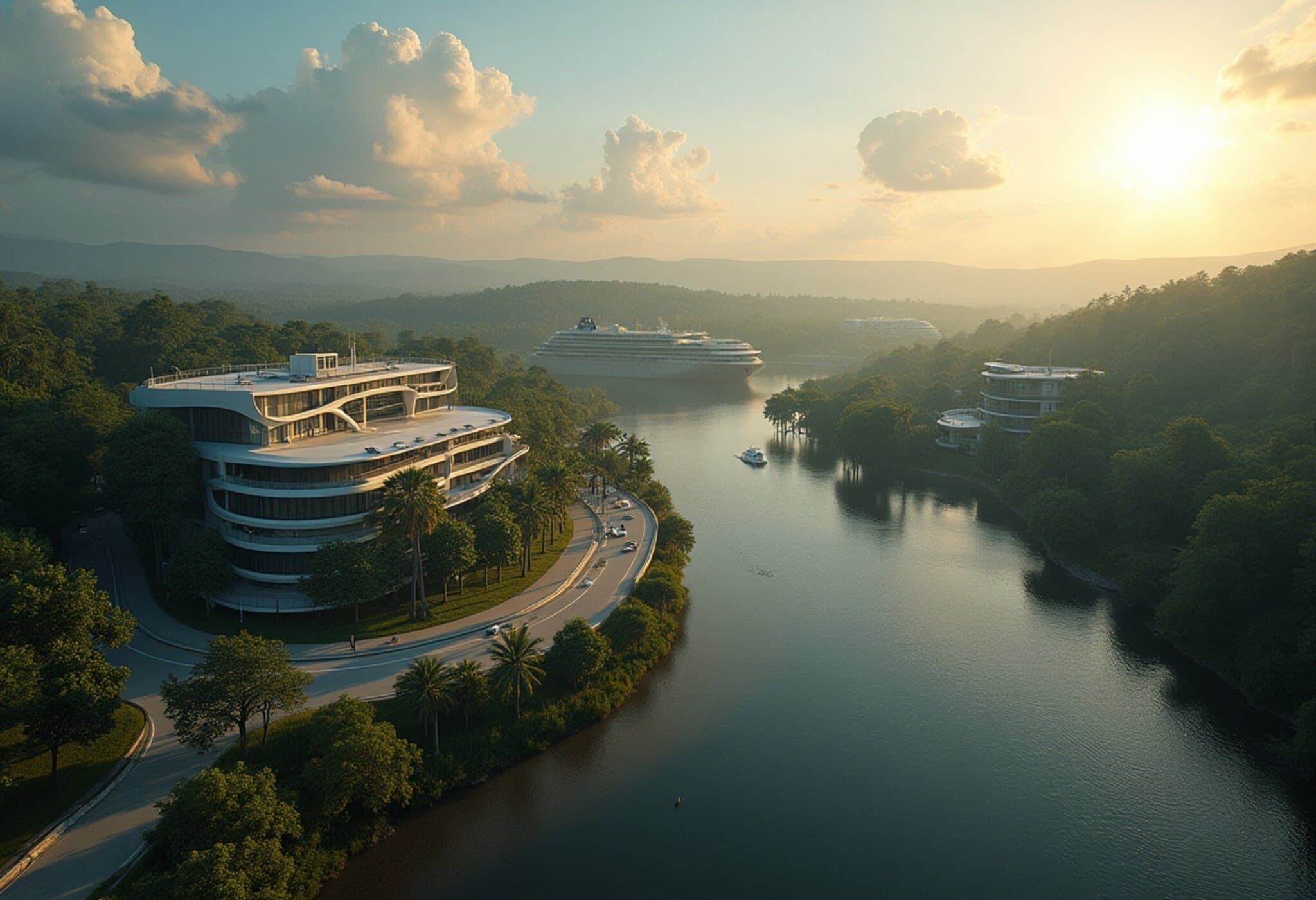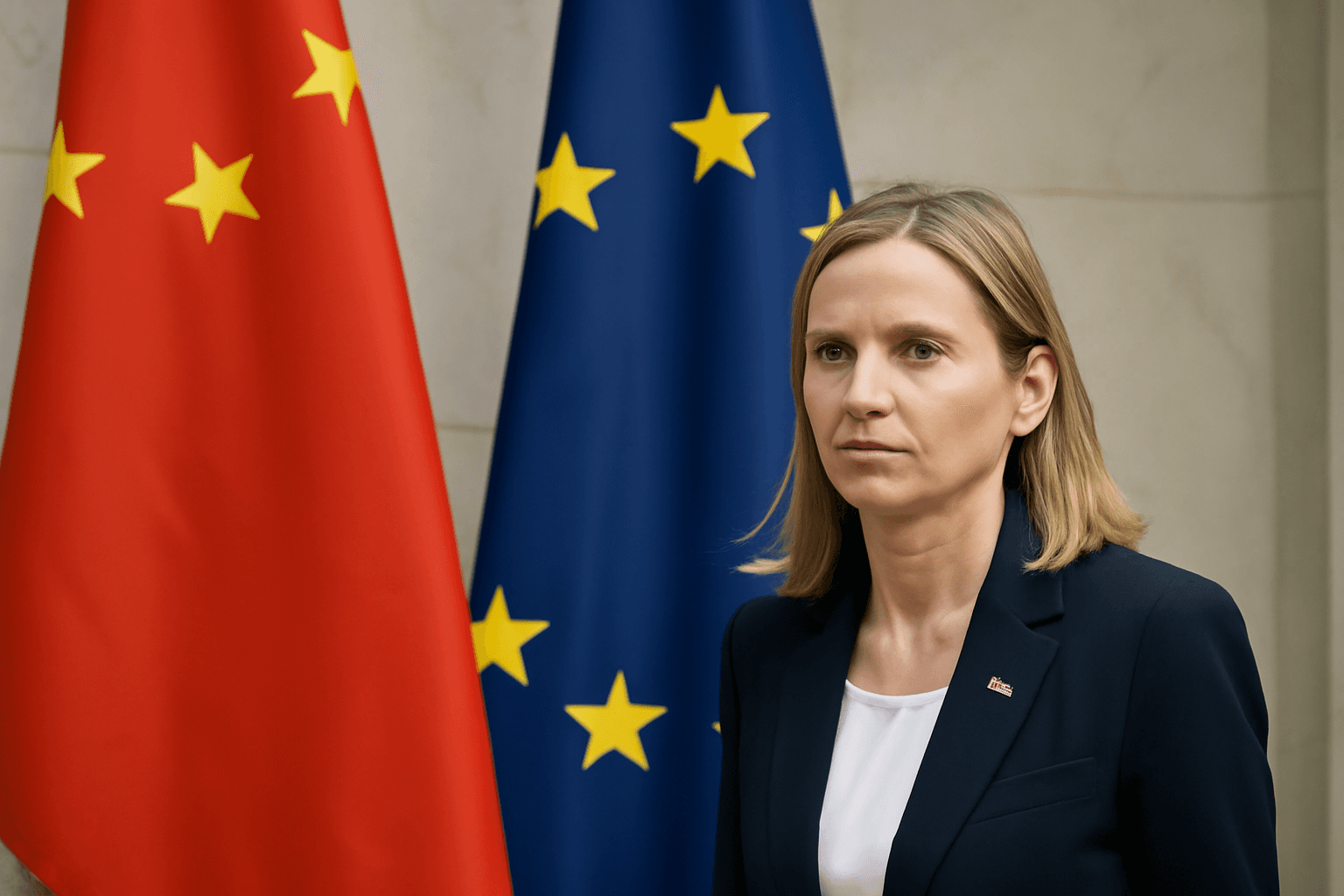Love Motels Step Up Amid Hotel Shortage for COP30 in Belém
As the bustling Amazonian city of Belém prepares to host the 30th United Nations Climate Change Conference (COP30) this November, a peculiar hospitality trend is unfolding. Straining under an acute shortage of traditional hotel rooms, Belém’s numerous love motels—typically discreet, short-term stays known for their risqué decor—are reinventing themselves as pragmatic lodging options for a wave of diplomats, scientists, and activists arriving for the global summit.
The Unconventional Hosts: Love Motels in Transition
Motel Secreto, one of many love motels on Belém's outskirts, usually caters to visitors seeking privacy away from crowded family homes, with mirrored ceilings, dance poles, and leopard-print walls setting the mood. But as COP30 approaches, owner Yorann Costa is proactively softening the ambiance, removing the most overtly erotic elements while retaining some signature features. "We’re taking out anything too erotic from the rooms," he notes. "The location is perfect, and we want to offer a comfortable yet professional space for the summit attendees."
Similar transformations are underway across motels like Love Lomas and Pousada Acrópole, where managers are repainting, rearranging furniture, and even installing makeshift reception areas to accommodate more conventional guests. Some, like manager Ricardo Teixeira, emphasize the importance of renovating the motels’ image. "People think it’s like a brothel," he says, "but it’s just a space like any other. This is about meeting demand and showcasing our hospitality."
Supply, Demand, and a City Under Pressure
Belém, a port city of 1.3 million, faces the daunting task of accommodating approximately 50,000 visitors during the 12-day summit—the first-ever delivered in the Amazon region. Local officials ambitiously pledged to nearly triple the city’s bed capacity, from roughly 18,000 in 2023 to an estimated 50,000 by the conference kickoff. Yet, with less than four months remaining, new hotels and refurbishments are still in progress, and thousands of beds remain unaccounted for.
The shortage has driven hotel prices into exorbitant territory; some three-star hotels near the conference center list rooms for over $1,200 per night. Such rates pose a diplomatic dilemma, potentially excluding poorer nations—many severely affected by climate change—from attending. In response, Brazil brokered deals for two cruise ships to dock near Belém, providing 6,000 additional beds at subsidized rates to developing and island nations, in a bid to ease accommodation pressures.
The Role of Love Motels: A Practical Respite Amid Luxuries
With approximately 2,500 rooms across city love motels, these venues offer a viable alternative. Typically rented by the hour—ranging from $10 to $35—with premium overnight suites traditionally costing around $150, motels are now considering rates between $300 to $650 for the summit. Although still steep compared to everyday pricing, these fees remain competitive relative to luxury hotels. As Teixeira puts it, "The market is setting these prices, and it’s still a better deal than a hotel."
Culture and Perception: Breaking Stigmas Around Love Motels
Love motels have a uniquely Brazilian lineage, flourishing during the military dictatorship of the 1960s when privacy was scarce and surveillance pervasive. Inspired by American and Japanese models, these establishments became embedded in Latin America's largest cityscape, especially where young adults often live with family and crave discrete spaces. Though still stigmatized in some circles for their suggestive nature, the current crisis illustrates their evolving role in the urban hospitality landscape.
Despite ongoing skepticism from conservative delegations, many motel owners remain optimistic. Giselle Robledo, a property broker working closely with summit visitors, acknowledges embassy hesitancies. "They don’t want to go to a love motel," she says, reflecting cultural sensitivities. However, logistics may override preference: "There simply won’t be a room for everyone. These motels offer an option."
Expert Insight: Connecting Hospitality with Climate Diplomacy
From a broader policy perspective, Belém’s struggle underscores the intersection of event-driven urban planning and sustainable development goals. COP30, centered on mitigating climate change impacts, ironically pressures local infrastructure and housing in ways that echo broader environmental and social challenges. The reliance on nontraditional accommodations like love motels reveals a city adapting rapidly but also exposes gaps in international summit planning relating to inclusivity and affordability.
Experts suggest that future global conferences could benefit from earlier investments in diverse lodging expansions, equitable pricing strategies, and community-inclusive housing programs. The question remains whether Belém’s hospitality improvisations will set a precedent or serve as a cautionary tale for upcoming mega-events worldwide.
Looking Ahead: What Remains to Be Seen
As the COP30 countdown continues, Belém's motels balance the tightrope between their established identity and the urgent practicalities of hosting a diverse international audience. Will attendees grow comfortable checking into rooms with dimmed neon lights, oversize disco balls, and dance poles still intact? Or will stigma and status dictate alternative, cost-prohibitive accommodations?
What is clear is that Belém’s love motels are stepping into the spotlight—transforming from clandestine escapes into unexpected vessels of global diplomacy, reflecting the city's resilience and adaptive spirit in the face of climate and logistical complexities.
Editor's Note
The evolving role of Belém's love motels as lodgings for COP30 provides a fascinating lens into how urban infrastructure can pivot under pressure—revealing both innovation and persistent social stigmas. As the world watches one of the most critical climate summits unfold, the humble love motel’s transformation invites us to consider broader themes of accessibility, inclusivity, and the sometimes surprising ways cities adapt to global challenges. Will this unconventional solution prove adequate, or does it highlight deeper needs for sustainable urban planning in an era of escalating climate diplomacy?













